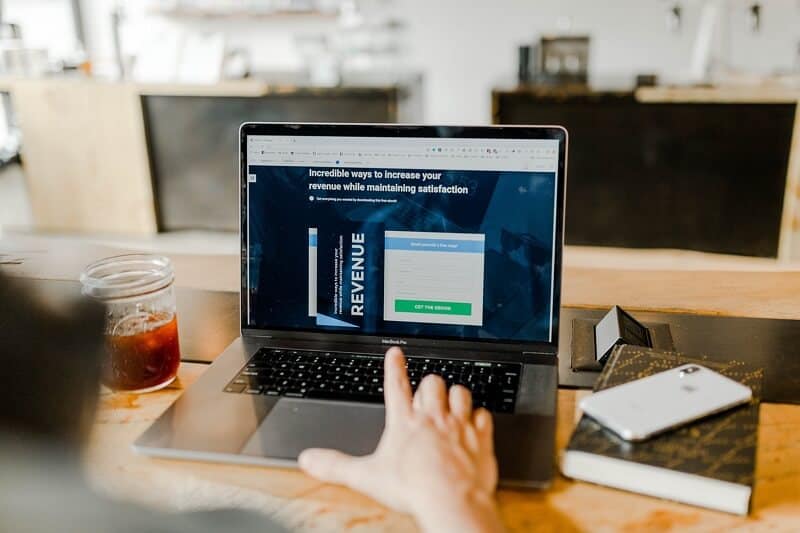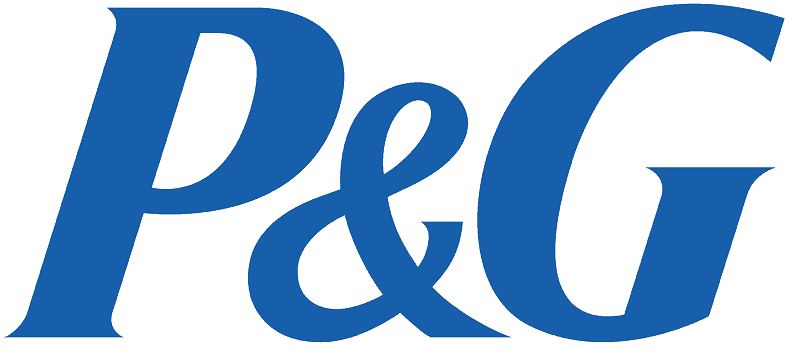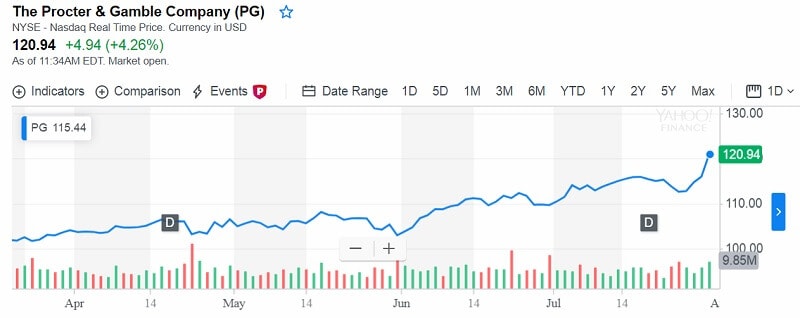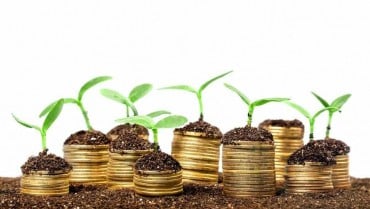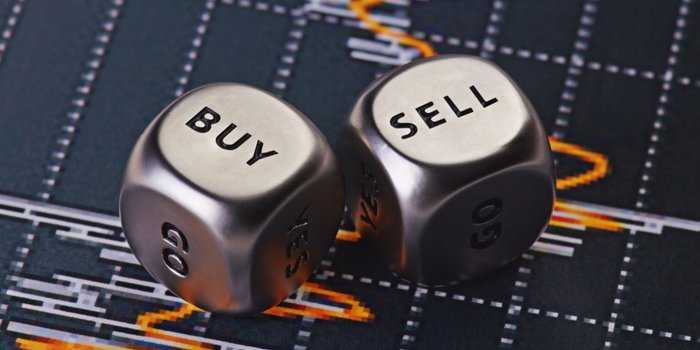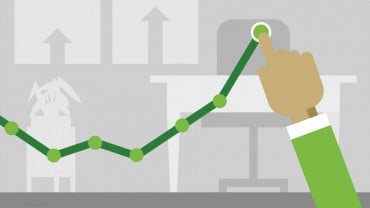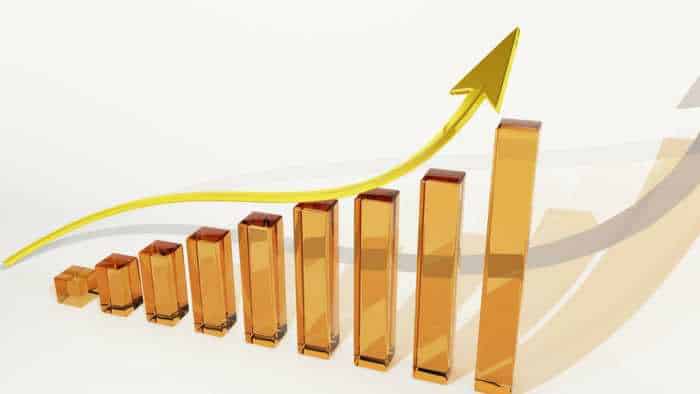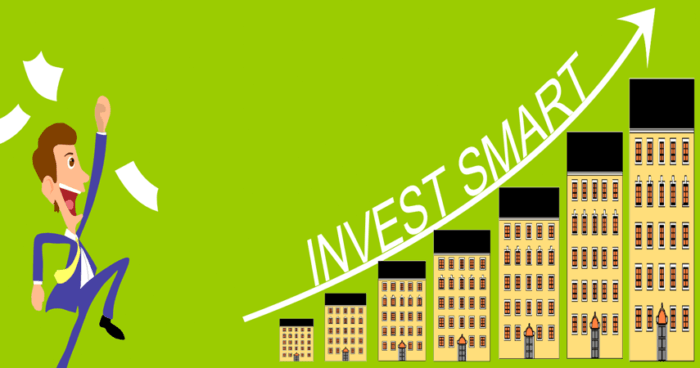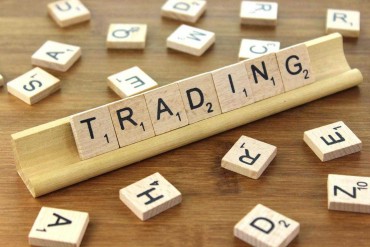(Updated October 2021)
A stock’s daily trading volume shows the number of shares that are traded per day. Traders have to calculate if the volume is high or low.
The average daily trading volume represents an average number of stocks or other assets and securities traded in one single day. Also, it is an average number of stocks traded over a particular time frame.
To calculate this you will need to know the number of shares traded over a particular time, for example, 20 days. The calculation is quite simple, just divide the number of shares by the number of trading in a specified period. Daily volume is the total number of shares traded in one day.
Trading activity is connected to a stock’s liquidity. When we say the average daily trading volume of a stock is high, that means the stock is easy to trade and has very high liquidity. Hence, the average daily trading volume has a great impact on the stock price. For example, if trading volume is low, the stock is cheaper because there are not too many traders or investors ready to buy it. Some traders and investors favor higher average daily trading volume because the higher volume provides them to easily enter the position. When the stock has a low average trading volume it is more difficult to enter or exit the position at the price you want.
How to calculate the average daily trading volume
As you expected, it is quite simple. All you have to do is to add up trading volumes during the past days for a particular period and divide that number by the number of days you observe. It is usual to calculate ADTV (Average Daily Trading Volume) for 20 or 30 days but you can calculate it for any period if you like. For example, sum the average daily trading volumes for the last 30 days and divide it by 30. The number you will get is a 30-day average daily trading volume.
Since the average daily trading volume has a great impact on the stock price it is important to know how many transactions were on a particular share. The same share can be traded many times, back and forth and the volume is counted on each trade, each transaction. For example, let’s say that 100 shares of a hypothetical company were purchased, and sold after a while, and re-purchased, and re-sold. What is the volume? We had 4 transactions on 100 shares, right? So, the volume in this particular case would be expressed as 400 shares, not 800 or 100. This is just a hypothetical example even though the same 100 shares could be traded many more times.
How to find the volume on a chart?
Thanks to existing trading platforms it is easy since each will display it. Just look at the bottom of the price chart and you’ll notice a vertical bar. That bar indicates a positive or negative change in quantity over the charting time period. That is the trading volume.
For example (if you don’t like too much noise in your charts), you will use 10-minutes charts. Hence, the vertical bar will display you the trading volume for every 10-minutes interval.
Also, you will notice that these bars are displayed in two colors, red and green. Red will show you net selling volume, and green bars will let you know the net buying volume.
You can measure the volume with a moving average, also. It will show you when the volume is approximately thin or heavy.
What is an average daily trading volume for a great stock?
Are you looking for the $2 stock with an average daily volume of 90,000 shares per day? It won’t be easy. Sorry!
The stocks that traded thinly are very risky and changeable. To put this simple, we have a limited number of shares in the market. Any large buying might influence the stock price skyrocketing. The same happens when traders and investors start to sell, the stock price will fall. Both scenarios are not beneficial for investors. So, you must be extremely careful when trading stocks with daily trading volume below 400.000 shares. You can be sure it is a thinly traded stock even if it is cheap as much as $2. The stocks with low prices carry higher risks. For example, penny stocks.
Here we came to the dollar volume. While the daily trading volume shows how many shares traded per day, the dollar volume shows the value of the shares traded. To calculate this you have to multiply the daily trading volume by the price per share.
For example, if our hypothetical company has a total trading volume of 300.000 shares at $2, what would be the dollar volume? The dollar volume would be $600.000. This is a good metric to uncover if some stock has sufficient liquidity to support a position.
To decrease the risks, it is better to trade stocks with a minimum dollar volume in the range from $20 million to $25 million. Look at the institutional traders, they prefer a stock with daily dollar volume in the millions.
Understanding Average Daily Trading Volume
Average daily trading volume can rise or drop enormously. These changes explain how traders value the stock. When the average daily trading is low you have to look at that stock as extremely volatile. But, the opposite is with higher volume. Such stock is better to trade because it has smaller spreads and it is less volatile. To repeat, the stock with higher trading volume is less volatile because traders have to make many and many trades to influence the price. Also, when the average trading volume is high, trades are executed easily.
This is a helpful tool if you want to analyze the price movement of any liquid stock. Increasing volume can verify the breakout. Hence, a decrease in volume means the breakout is going to fail.
The trading volume is a very important measure.
It will rise along with the stock price’s rise. So, you can use it to confirm the stock price changes, no matter if it goes up or down. When we notice that some stock is rising in volume but there are not enough traders to support that rise and push it more, the price will pullback.
Pullback with low volume may support the price finally move in the trend direction. How does it work? Let’s say the stock price is in the uptrend. So, it is normal the volume to rise along with a strong rising price. But if traders are not interested in that stock, the volume is low and the stock will pullback. In case the price begins to rise again, the volume will follow that rise. For smart traders, it is a good time to enter the position because they have confirmation of the uptrend from the price and the volume both. But be careful and do smart trading. If the volume goes a lot over average, that can unveil the maximum of the price progress. That usually means there will be no further rise in price. All interested in that stock already made as many trades as they wanted and there is no one more willing to push the stock price to go up further. That often causes price reversal.
Bottom line
The average daily trading volume shows the entire amount of stocks that change hands during one trading day. This can be applied to shares, options contracts, indexes or the whole stock market. Daily volume is related to the period of time. It is very important to understand that when counting volume per day or any other period each transaction has to be counted once, meaning each buy/sell execution. To clarify this, if we have a situation in which one trader is selling 500 shares and the other one is buying them, we cannot say the volume is 1.000, it is 500. Anyway, this is an important metric that will show you if some stock is easy or difficult to trade.

